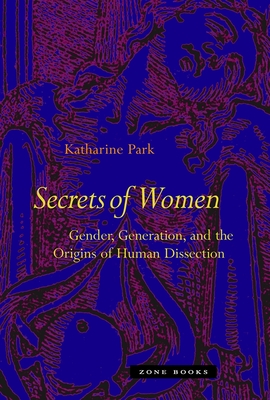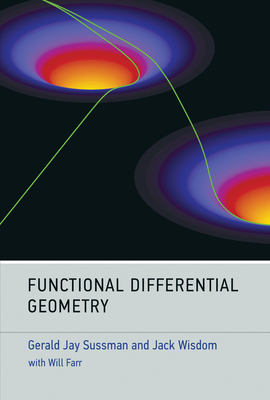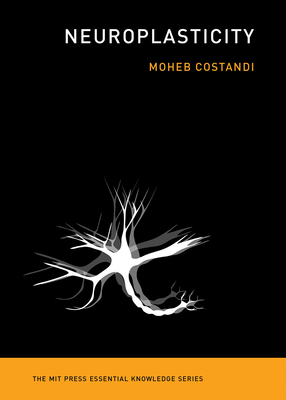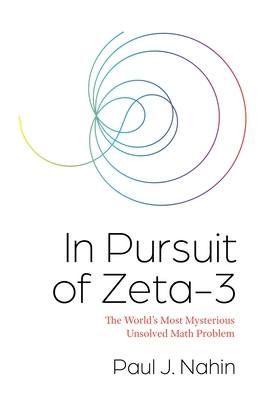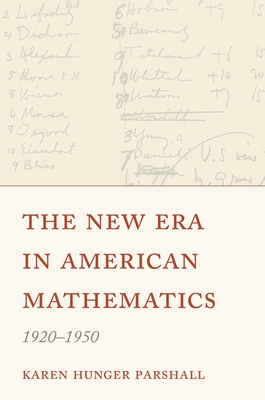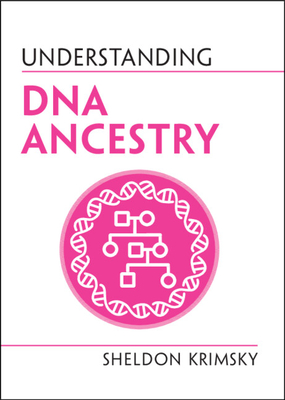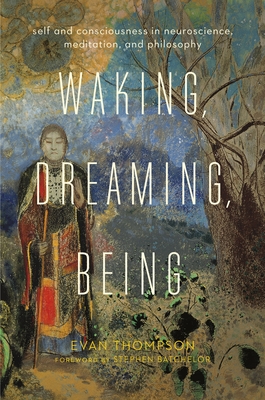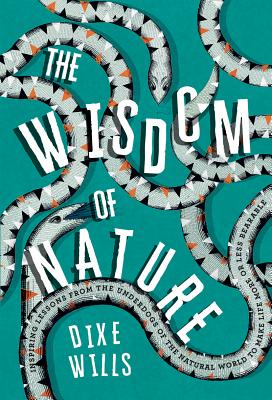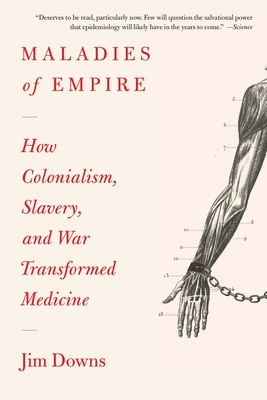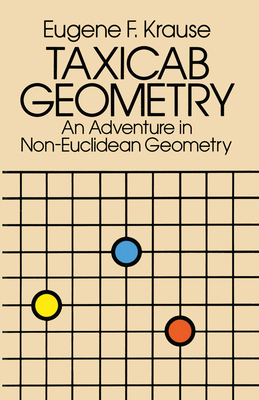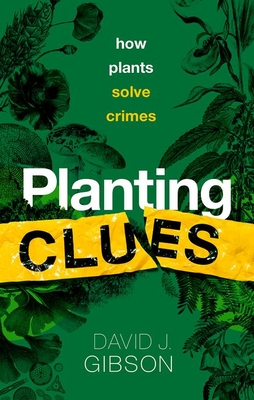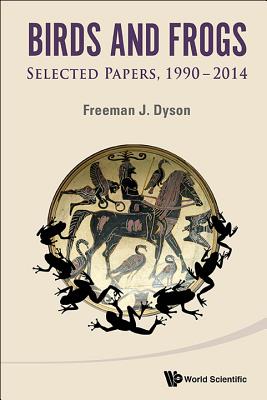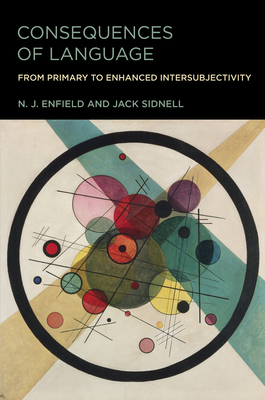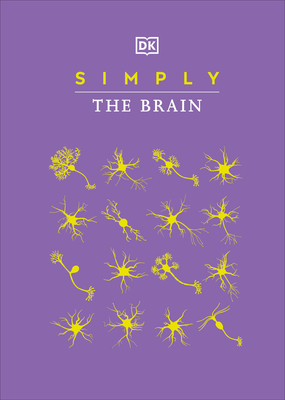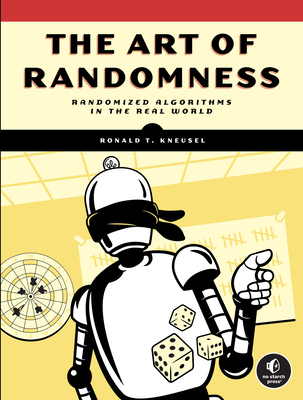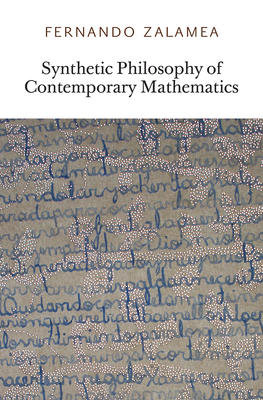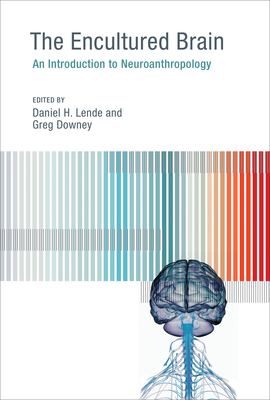
The Encultured Brain: An Introduction to Neuroanthropology
Description
Basic concepts and case studies from an emerging field that investigates human capacities and pathologies at the intersection of brain and culture.
The brain and the nervous system are our most cultural organs. Our nervous system is especially immature at birth, our brain disproportionately small in relation to its adult size and open to cultural sculpting at multiple levels. Recognizing this, the new field of neuroanthropology places the brain at the center of discussions about human nature and culture. Anthropology offers brain science more robust accounts of enculturation to explain observable difference in brain function; neuroscience offers anthropology evidence of neuroplasticity's role in social and cultural dynamics. This book provides a foundational text for neuroanthropology, offering basic concepts and case studies at the intersection of brain and culture.
After an overview of the field and background information on recent research in biology, a series of case studies demonstrate neuroanthropology in practice. Contributors first focus on capabilities and skills—including memory in medical practice, skill acquisition in martial arts, and the role of humor in coping with breast cancer treatment and recovery—then report on problems and pathologies that range from post-traumatic stress disorder among veterans to smoking as a part of college social life.
Contributors
Mauro C. Balieiro, Kathryn Bouskill, Rachel S. Brezis, Benjamin Campbell, Greg Downey, José Ernesto dos Santos, William W. Dressler, Erin P. Finley, Agustín Fuentes, M. Cameron Hay, Daniel H. Lende, Katherine C. MacKinnon, Katja Pettinen, Peter G. Stromberg
Praise for The Encultured Brain: An Introduction to Neuroanthropology
The Encultured Brain is recommended for social scientists interested in incorporating neurological approaches into their research or how advances in neuroscience are relevant to social anthropology. The book is also recommended for social scientists who are skeptical of brain-based approaches as it will help them better appreciate what neuroanthropology is and what it has to offer. Social and cultural anthropology can benefit from, and make significant contributions to, the exciting advances being made in neuroscience. The Encultured Brain outlines the basic theory and methodology that will allow anthropologists to participate in these advances that are becoming increasingly influential in the scientific community.—Australian Journal of Anthropology—



